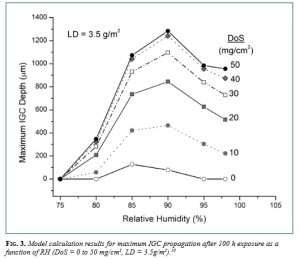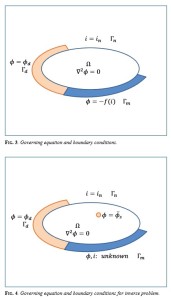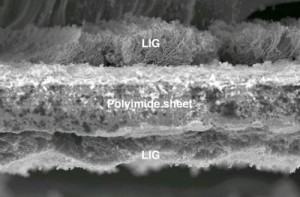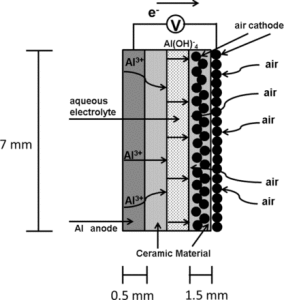ECS’s job board keeps you up-to-date with the latest career opportunities in electrochemical and solid state science. Check out the latest openings that have been added to the board.
P.S. Employers can post open positions for free!
Post Doc (NIR/EIS)
Irstea – Montpellier, France
This Post Doc is integrated to a binational project, NEXT. The goal of this project is to investigate the in-line and real-time use of novel holistic sludge descriptors to measure, monitor, model and predict sludge behaviour through sludge treatment processes and use this knowledge for the optimization of design and operation of treatment processes. It will lean on previous works developed by two Irstea teams (on the one hand on organic fluids characterisation based on electrical measurements and rheology and on the other hand on near infrared (NIR) spectroscopy on turbid fluids and soils).









